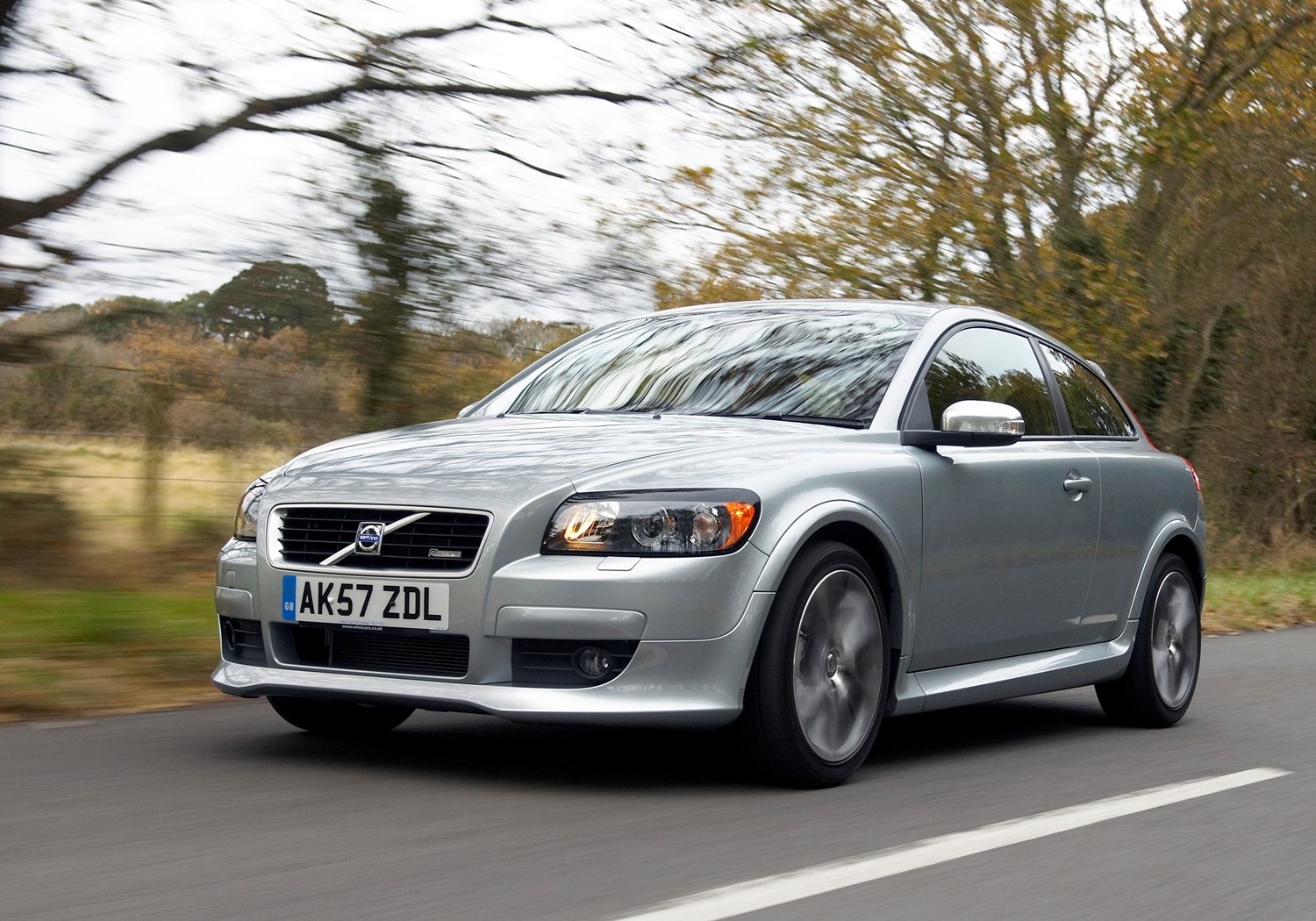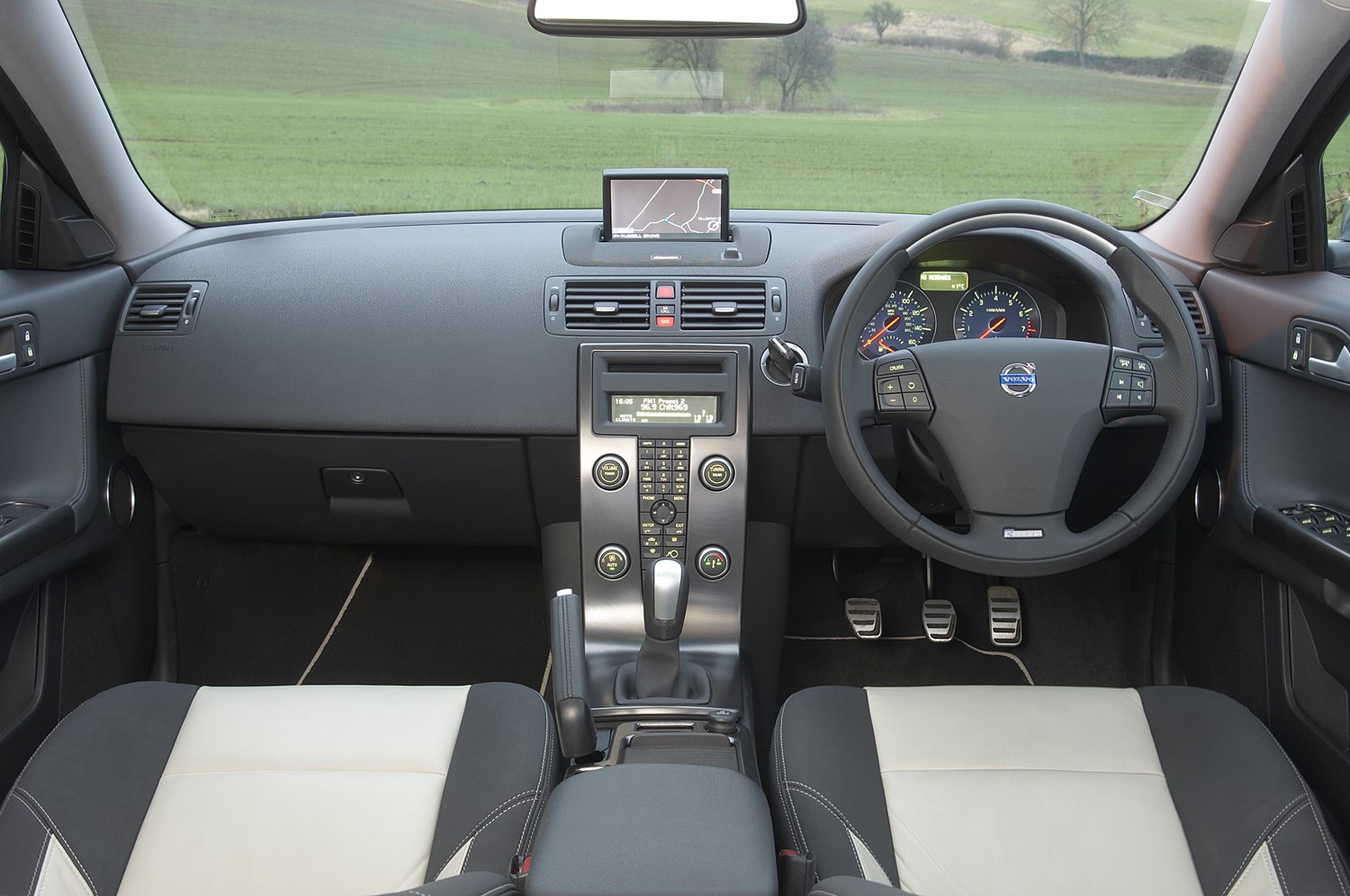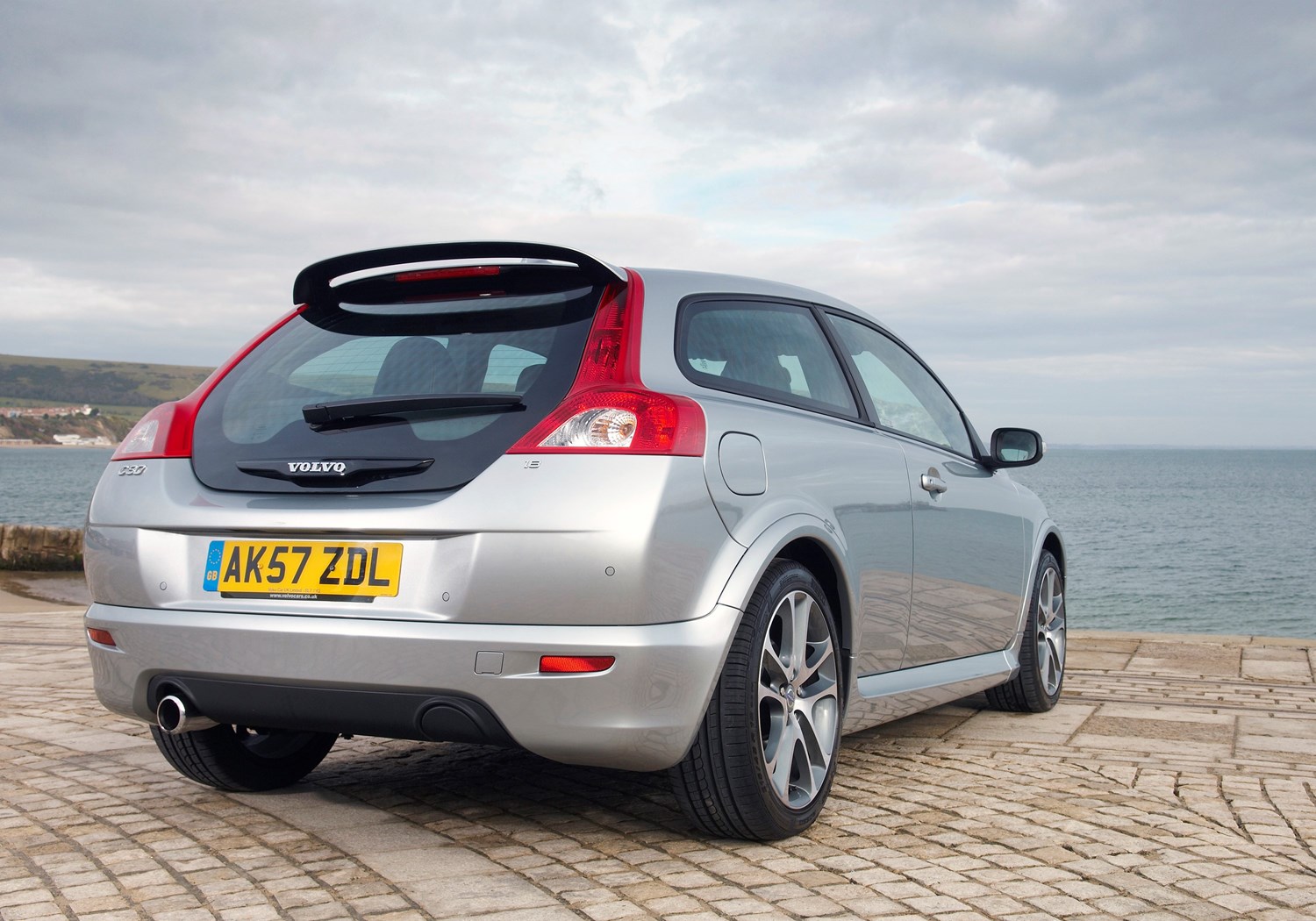Latest model
In 2009, the C30 line-up expanded with a new efficiency-focused ‘DRIVe’ model, using an efficient 1.6-litre diesel engine and more aerodynamic bodykit, helping it to return more than 70mpg with impressively low CO2 emissions.
Later in 2009 the full C30 line-up was tweaked, with a different front and rear design being introduced, while all R-Design models came equipped with a sports chassis, as well as a stylish ‘accessory kit’.
While Volvo used the C30 to explore various things – such as electrification with an EV prototype and performance with a 395bhp Polestar model – the C30 was always a relatively niche choice, at least next to best-sellers like the Audi A3 and BMW 1 Series. The curtain would fall on the C30 in 2011, being indirectly replaced by the more practical V40 hatchback,
Value for money
Though the C30 might have been billed as a premium hatchback, it was relatively affordably priced at the time, helped by a broad range of trim levels and entry-level options. Prices started at around £14,500 for an entry-level petrol, rising to around £22,000 for a top-spec diesel.
However, with the C30 not being sold in the UK since 2013, your only option now is to look at used examples. Prices actually start from as little as £2,000 for high-mileage usable examples, though from around £3,500 you can pick up a car with under 80,000 miles on the clock. Prices rise all the way to £10,000 for the cleanest cars with the least miles too.
Looks and image
Though the C30 might not have been on sale for a number of years, it’s a car that still looks the part today. With its coupe-like styling, it’s far sleeker than a conventional hatchback, and continues to be able to turn heads. Its full glass tailgate is a neat touch, as is the long bonnet, which adds an upmarket element to it. While the R-Design cars are certainly the most eye-catching, even regular C30s are still more than able to look the part, and hold their own even next to much newer hatchbacks.
The C30’s interior is also pleasant, particularly considering its age. It has the ‘floating centre console’ that was used widely by Volvo at the time, helping to give the cabin a more modern look than many at the time. The inside is generally well laid out too, while everything has a very solid feel to it.
The C30 is competent behind the wheel too, with a wide range of engines on offer meaning there’s a version to suit most. It’s not the sportiest car in this class, though, despite its styling. Instead it favours comfort and refinement, which are two areas where it’s very good. The sportier-looking R-Design models are on offer for those that want things slightly more involving, but they’re by no means hot hatches.


